Our biggest plant yet: Spring 2022
With 10x the scale of last year and some game-changing new tech, our spring planting missions are set to be our biggest step up yet. We’ll be working in Ontario, British Columbia, and Alberta this year to address the urgent need for post-wildfire reforestation. These severe wildfire sites we will be restoring struggle to regenerate on their own and have a short window to be planted before undergrowth competition establishes. By coming in early on, we are able to stabilize the soil and maximize use of available nutrients post-fire. Drone reforestation is one of the only mediums available to do this kind of work, as these sites are often inaccessible and/or illegal to work in due to safety concerns.
This spring we will be working with federal and provincial governments, local landowners, forestry companies, and First Nations communities. Here’s a breakdown of our itinerary - we can’t wait to bring you all along for the ride.
Phase 1: Ontario
To start off our most epic season yet, at the end of April we will be heading to Northern Ontario, working with a 100% Indigenous-owned company to restore land near Kenora in the Kenora Forest. We will be planting a healthy mix of White spruce, Black spruce and Jack pine.
Phase 2: British Columbia
Early May we will be heading to Kamloops, working with First Nations and private landowners to restore some high severity burn sites near Greenstone Mountain. We will also be making our way up to Williams Lake, working with forestry companies to restore land lost to both the Quesnel Plateau Fire and Chicoltin Fires. We will be planting Douglas-fir, Western larch, Lodgepole pine, Ponderosa pine, and Hybrid spruce.
Phase 3: Alberta
We’ll be wrapping up our planting mission at the end of May in Alberta. Here we will be reforesting high severity sites that burned in 2021 and are in need of urgent action. These sites will be accessible by helicopter only. White spruce and Jack pine will be planted here.
With biodiversity as one of the main pillars of Flash Forest’s planting principles, the use of multiple species at each site will be a crucial step in the minimization of risk for fire and disease wiping out entire forests.
We can’t wait to put our newest tech to the test (including the winner of our drone-naming contest and freshest to the fleet “C-TreePO”) and to get our seedpods into the ground in the areas that need it most. Make sure to follow us on social media for updates from the field!




